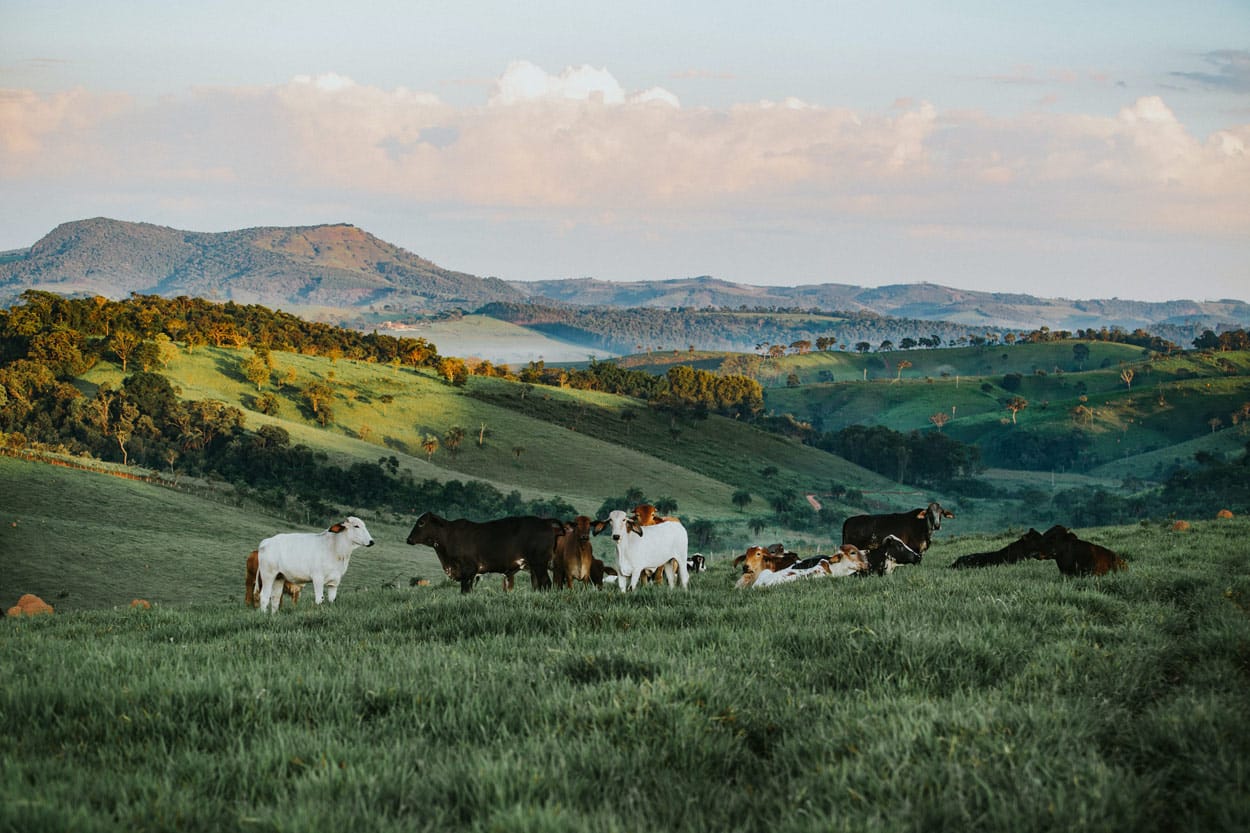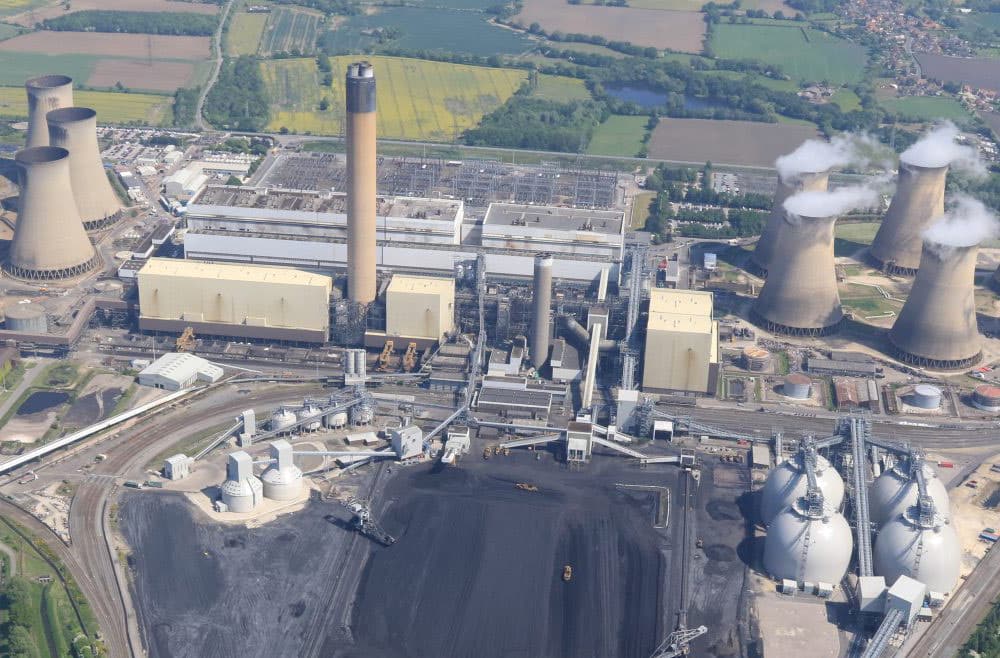While solar and wind turbine generation are more common microgrid generation options, bioenergy microgrids are gaining traction in many areas.
Bioenergy is a renewable energy source derived from biomass—organic matter such as crop- and urban wood waste, microalgae, food waste, or even purpose-grown grasses. When deployed in microgrid projects, bioenergy usually consists of biogas generated from farm wastes that are fed into a biodigester or larger anaerobic digester. The resulting biogas is usually deployed in support of other renewable technologies, particularly solar power, as a means of compensating for the intermittency of those technologies (solar and wind) and is also combined with energy storage and a microgrid controller.
Biomass is a popular fuel choice, although in more recent years, large-scale biomass, particularly involving coal-to-biomass projects such as Drax in North Yorkshire and similar sites have become controversial, due to disagreement about their perceived benefits. Detractors have raised concerns about carbon emissions and potential deforestation. The European Union (EU), however, classifies biomass as a carbon neutral resource, as the carbon absorbed by new trees offsets any carbon released in the operation of the bioenergy site. Drax also plans to be “carbon negative” by incorporating technologies to capture any carbon emitted.

Small scale biomass is more likely to be measurably more sustainable, especially when deployed in bioenergy microgrids, or at farm scale or at water treatment plants. This is particularly true when combined with or in support of other renewable energy technologies, such as solar PV, when deployed in a microgrid project.
Global Growth Of Microgrids
In the Brazilian region of Paraná, where there is a lot of animal husbandry, the considerable amount of farm waste generated by this activity can be used to produce biogas. The biogas is then used to generate heat and power.
It is difficult to get reliable power in rural areas like Paraná, making bioenergy microgrids an attractive option. Farm waste can be fed into biodigesters, systems that break down organic waste (e.g. animal manure) into biogas. The resulting biogas is then transported through pipes to a site where it can be used for electricity generation. In a more centralized model, the farm waste is transported to a large anaerobic digester where it is then turned into biogas and fed into a Combined Heat and Power (CHP) plant, which can either operate in an island mode to serve a microgrid or feed power into the national grid. A microgrid controller enables the electrical utility to communicate with the CHP plant.
In the western region of Paraná, Itaipu Binacional, Itaipu Technology Park Brazil (PTI-BR) and The International Center on Renewable Energy – Biogas (CIBiogás), set up a pilot project which generates electricity from biogas produced by waste from pig farming. This has been successfully operating for over 10 years.
Plans are also being discussed with the local government of Marechal Cândido Rondon with regard to developing a large-scale microgrid. In this scenario, the biogas supports solar PV, such that when there is insufficient sunlight to generate electricity from the solar PV, the stored biogas takes over. This same model has been used in another project in the city of Sharjah in the United Arab Emirates (UAE).

Bioenergy Microgrids For Secure Power
At another project in Harnett County, North Carolina, the owner of a pig farm partnered with South River Electric Membership Corporation and North Carolina’s electric co-op association. The project combined a 250-kilowatt battery system with 20 kilowatts of solar PV, a 100-kilowatt diesel generator and a 185-kilowatt biogas generator. In addition to serving the farm in isolation as an islanded microgrid, the project is also capable of connecting to the grid when power is required to offset peak demand power. This in turn generates revenue for members of the co-op, helping them to recover their investment. When islanded, the microgrid can provide power for the farm as well as 28 homes nearby. However, when connected to the grid, it can provide power for 150 homes.
This model is also particularly useful for areas that are at regular risk of outages caused by extreme weather, in this case North Carolina, which is within the US hurricane zone.
Microgrids can be capital-intensive and highly complex when not developed in the right way. What DES design best fits your needs? What generation option is right for your site: bioenergy, solar, or a hybrid power system? What equipment do you need and who can deploy it? How will you finance and operate it?
VECKTA is the only platform in the world that looks at all your requirements—technical, physical, financial and contractual —to design, optimize, and deploy your distributed energy system solution. Contact us and take control of your sustainable energy future.
Photo credits: (Drax) (Helena Lopes / Unsplash)
